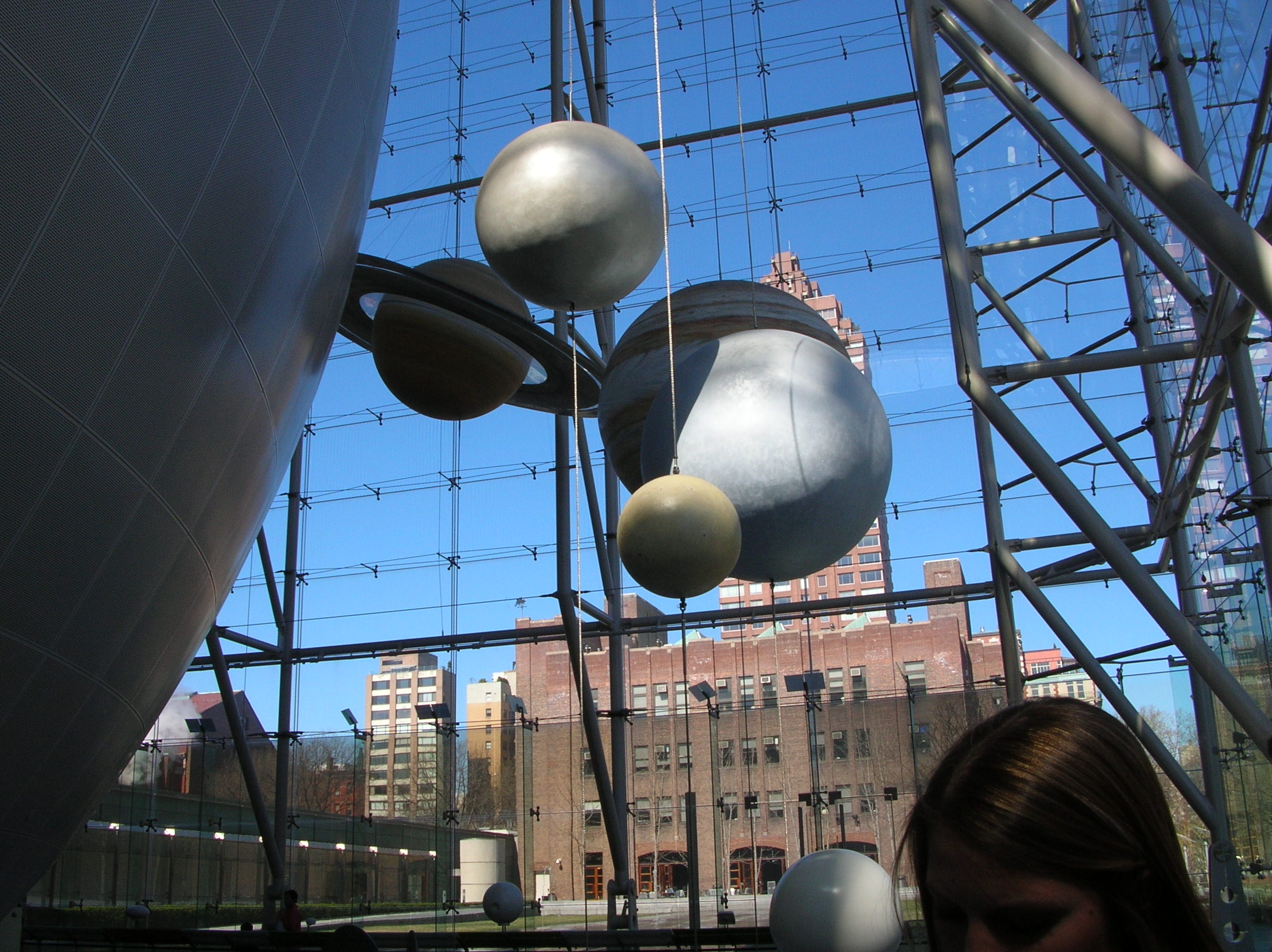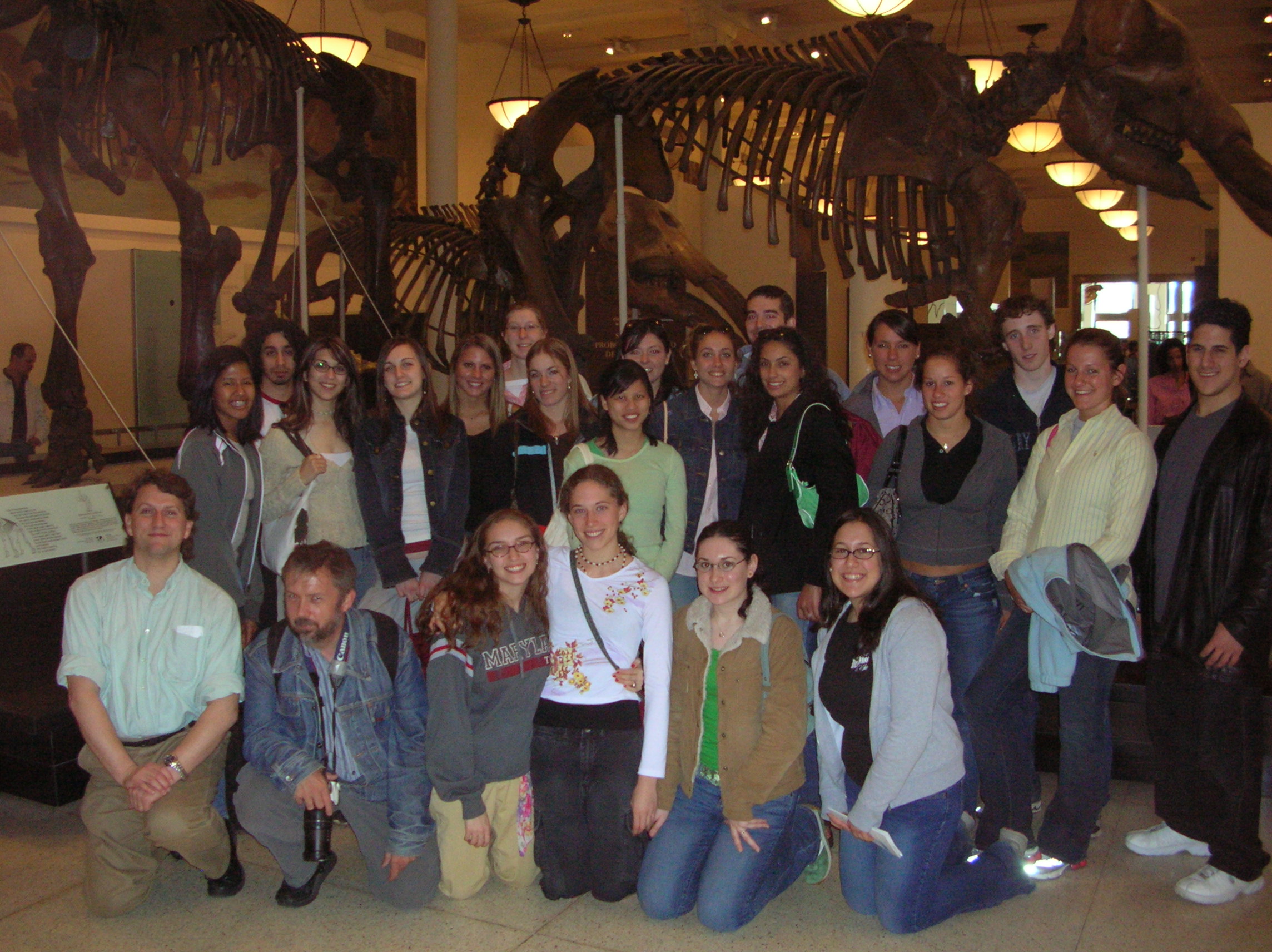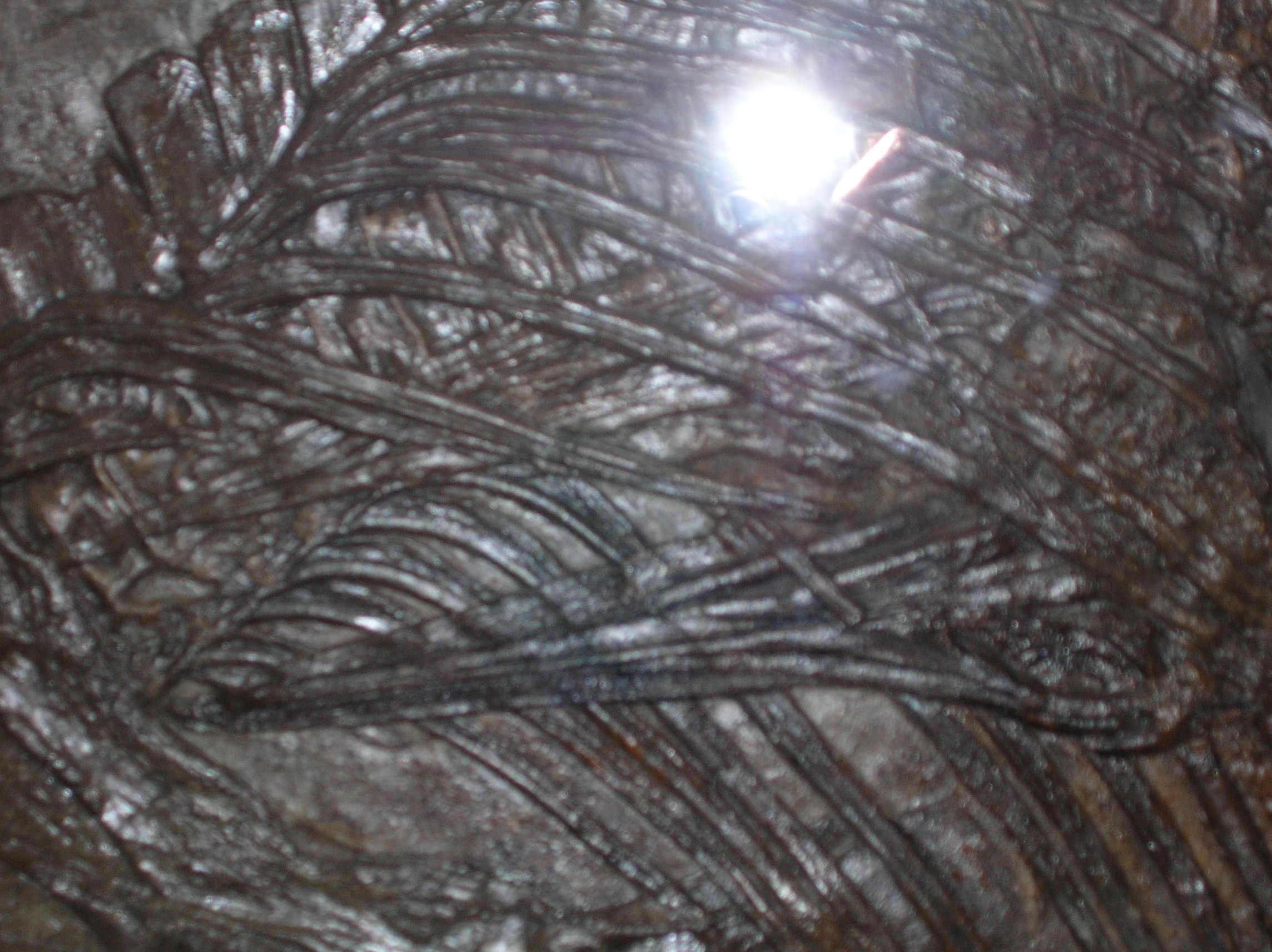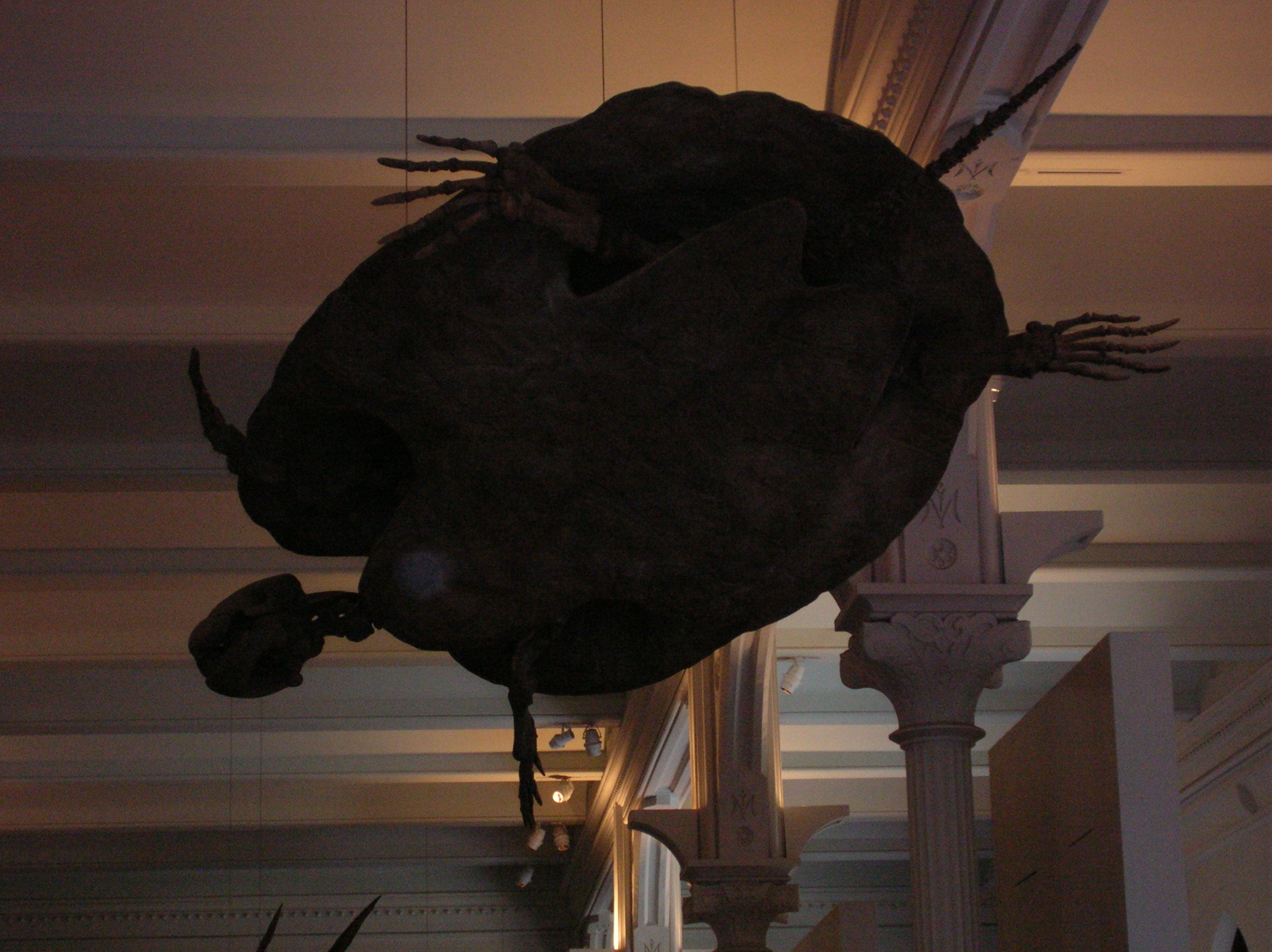 |
 |
 |
 |
 |
 |
 |
 |
 |
 |
 |
 |
 |
 |
 |
 |
 |
 |
|
|
~Scholars New York Trip~
~American Museum of Natural History~ |
|
|
|
I was thrilled to have the opportunity to go to New York City for the weekend this year. It was definetly one of my favorite memories of college so far. I was surprised at how much fun I had at the American Museum of Natural History. I'm from D.C. so I've had the opportunity to go to many museums in my time. What really makes this place different was the amount of energy spent on making the exhibit easy to understand; not just the individual pieces but how they tie into the exhibits as a whole. They made the exhibits not just from people who are experts on the subject but for everyday museum goers as well. Not to mention there are pieces there that cannot be seen anywhere else. The Hayden Sphere itself was worth my ticket. The show was so superior in showing the relative size we all are in the universe. It was almost frightening how beautiful it was. We really are just specs of dust from a burning star. |
|
|
Wrapped around the Hayden Sphere is anouther exhibit that cleverly conveyed the "Scales of the Universe." The exhibit consists of panels connected together; each one designated a size (10 to the -15 or 10 to the 5 meters for example). On every panel, there was an example of something in the universe that is that size and then a visual of how big the Hayden Sphere would be if humans were that size (most humans are around two meters high). The designers took the Hayden Sphere and humans as a point of reference for most of the panels since it was something the viewer can clearly see the actual size. Even the real sized examples were all things that most people would have some familiarity of what they are.
One of the very first panels, the 10 to the -14 range, showed a magnified picture of an uranium nucleus. Then it drew a tiny faint dot, barely visable, which represented how big the Hayden Sphere would be if humans were the size as the uranium nucleus. That could take anyone aback. Walk down a few more panels and come to the 10 to the -8 and there is a picture of our very own red blood cells and a rhinovirus (it didn't say but it should have said that HIV is a type of rhinovirus). Then there was the 10 to the 6 panel and they showed the moon since it is 3,500 km wide. Now, the whole concept of the exhibit wasn't that hard for me to understand but the question is whethor or not the average person appreciated the way that they used the space and the Hayden Sphere. I observed a couple in their late to middle ages who were walking through the exhibit backwards. They both were paying a lot of attention to the panels and seemed to understand the explanations but it was hard to be certain if they got the concept of space. Then there was a woman with three small children. I couldn't help but smile when one of them tugged at the mom's sleeve saying, "Mommy, mommy look...it says our bodies is billion times 3 atoms...thats a lot!" |
|
|
 |
|
|
|
|
 |
|
|
ELT Group in front of the Mastadon |
|
|
|
|
|
|
The Vertebrate Hall was something I had never seen before. The way they laid out the exhibit was ingenious. As opposed to traditional layouts, based on geological location or time span, the exhibits at the American Museum of Natural History spaced out the specimens using the study of cladistics as a point of reference. Taking the information of the evolution theory and descent with modification and referring to appearences of new characteristics into account, they constructed a diplay based on evolutionary development. They had a black line of tile across the main hall to represent a branch of a cladogram several other lines branching off. With each of these branches, there is a column with an explanation as to a new characteristic. For example, one of these branches was development of a watertight egg which allowed for reproduction to take place away from a water source. Then they had this huge ancient relative of a turtle (Stupendemys geographicus) suspended in the air that was one of the first species that displayed this trait. Of cource, being the Terp fan that I am, I loved seeing all the ancient turtles around the room. Most of them were bigger than the Testudo at home. |
|
|
 |
|
|
 |
|
|
|
|
One of my favorite pieces of the exhibit had to be the Stenopterygius quadriscissus. It really was the coolest fossil I had ever seen before because it tells you something about the life it had and how it died. When you look closely at the rib cage, you can see two small beak-like things that look like a smaller version of the Stenopterygius quadriscissus itself. There is also another one at the base of the species and what looks like to be various parts of one scattered around the outside. It can be concluded that this one died while giving birth. This hypothesis seems to make sense since many species, even humans, have died due to complications in childbirth so this scenario could easily have happened. If Merck hadn't have pointed it out, I might not have noticed it. It helps to have an expert on field. But a trip to a museum is what you make of it. If you plan on just walking aroumd and skimming through the exhibits, you're not gonna get much out of the trip. It takes an effort from you as well as the museum in finding ways to spark your interest and answer your questions. |
|